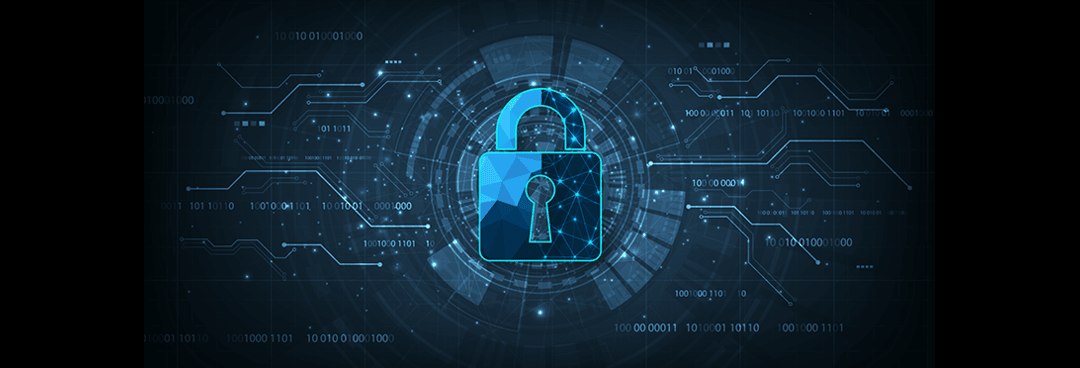Artificial intelligence (AI) is rapidly emerging as a powerful tool in cybersecurity. It can monitor networks, identify threats, and respond faster than ever before. However, its adoption comes with challenges. AI can amplify security measures but also increase vulnerabilities. Understanding AI’s advantages and risks is critical for organisations looking to strengthen their defences.
This article explores the benefits of AI, such as faster incident response, improved vulnerability management, and more accurate breach predictions, while highlighting the importance of balancing AI’s advantages with the risks posed by increasingly sophisticated cyberattacks.
The Pros of AI in Cybersecurity
AI Real-Time Threat Detection and Automation
AI systems analyse vast amounts of data to identify suspicious patterns and threats in real time. For example, AI-powered solutions detect malware and zero-day attacks by recognising anomalies before they escalate. Unlike traditional systems that rely on predefined rules, AI can adapt to new threats, offering a dynamic line of defence.
Predictive Modelling for Future Risks
AI uses predictive modelling to identify vulnerabilities and anticipate potential cyber threats. It detects patterns in historical data, enabling organisations to act proactively. For instance, AI can predict advanced persistent threats (APTs), allowing companies to patch weaknesses before they are exploited.
Enhanced Efficiency and Reduced False Positives
Traditional systems often overwhelm IT teams with false positives, causing alert fatigue. AI reduces these false alarms by distinguishing between genuine threats and benign anomalies. This improves response times and ensures critical threats are not overlooked.
Improved Data Protection
AI continuously monitors networks, securing sensitive data from breaches. Australian businesses, which increasingly handle customer data, benefit from AI’s ability to detect unusual activity, such as unauthorised access to confidential files. This reduces the risk of costly data breaches and helps maintain compliance with data protection laws.
The Cons of AI in Cybersecurity
AI-Powered Tools in the Hands of Attackers
Attackers are now using AI to their advantage. Cybercriminals employ AI to automate attacks, create realistic phishing emails, and develop advanced malware. Deepfake technology is a growing threat, as it enables criminals to impersonate individuals, bypassing verification processes. The ACSC warns of evolving tactics, including AI-driven ransomware attacks that are harder to detect.
Bias and Inaccuracies in Detection
AI systems rely on training data, which can sometimes be biased or incomplete. This can result in false positives or missed threats. For example, a biased dataset could cause an AI system to misclassify legitimate activity as suspicious, disrupting business operations. Ensuring high-quality, unbiased data is crucial to avoid these pitfalls.
Privacy Concerns and Ethical Dilemmas
AI processes vast amounts of data, raising privacy concerns. Biometric recognition, for instance, can intrude on individual privacy if misused. Governments and organisations must address ethical questions, such as how much surveillance is acceptable and whether AI decisions can be trusted without human oversight.
High Costs and Dependence on AI Systems
Implementing AI in cybersecurity requires significant investment in technology and skilled personnel. For many Australian SMEs, these costs can be prohibitive, especially when implemented and managed by internally. Additionally, over-reliance on AI may lead to complacency, as organisations risk neglecting the value of human intelligence in identifying nuanced threats.
Case Study: The Commonwealth Bank of Australia
The Commonwealth Bank of Australia (CBA) stands out as a leading example of how AI can transform cybersecurity. In 2021, CBA introduced AI systems to analyse customer behaviour, identifying suspicious activities and recovering over $100 million from scams. This initiative enhanced fraud detection and customer protection.
In 2023, CBA expanded its AI efforts with tools like NameCheck and CallerCheck. NameCheck alerts customers when account details do not match intended payees, while CallerCheck verifies bank representatives’ identities, preventing impersonation scams.
The impact has been significant:
- 50% Reduction in Scam Losses: Halved scam-related losses through AI-driven tools.
- 30% Fewer Fraud Reports: Customers reported fewer fraud incidents.
- Proactive Monitoring: AI analyses 20 million payments daily, issuing 20,000 alerts.
CBA’s AI-driven approach has strengthened fraud prevention, improved operational efficiency, and boosted customer confidence, setting a benchmark for AI success in cybersecurity.
Wrapping Up: Navigating AI’s Role in Cybersecurity
Artificial intelligence is transforming cybersecurity, offering significant advantages like real-time detection, automation, and improved efficiency. However, its potential risks, including misuse by attackers, biases, and high costs, cannot be ignored.
Organisations should combine AI systems with human oversight, invest in high-quality data, and adopt ethical practices to mitigate risks. As cyber threats continue to evolve, understanding both the benefits and challenges of AI will be crucial for building resilient defences. Businesses that take a proactive, informed stance will be better equipped to protect themselves in an increasingly digital world
How Can Virtuelle Group Help?
Virtuelle Group can help businesses harness AI in cybersecurity safely by providing end-to-end services that go beyond just identifying threats-we also support rapid remediation and ongoing protection. Our offerings include cyber security strategy, governance and compliance, penetration testing, managed security services, and incident response, all tailored to your unique needs.
Contact us today to learn how Virtuelle Group can help you navigate the complex landscape of AI in Cybersecurity, ensuring that innovation is balanced with AI’s advantages and the risks posed are mitigated.


